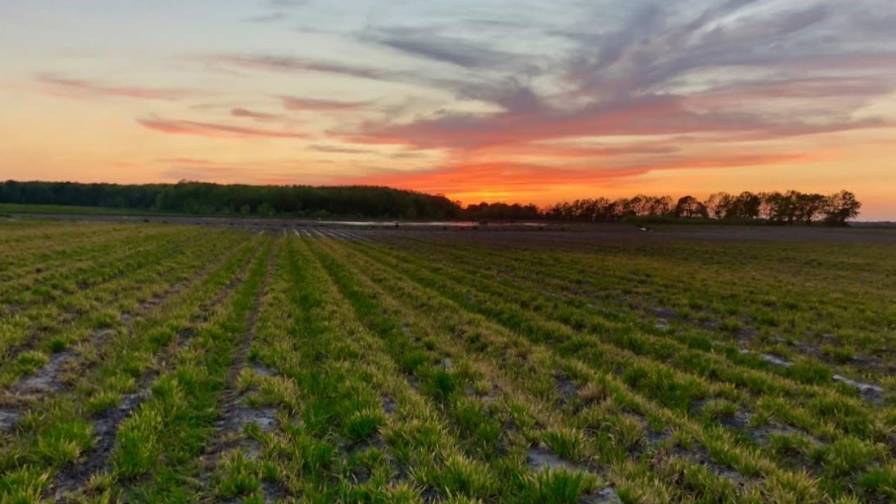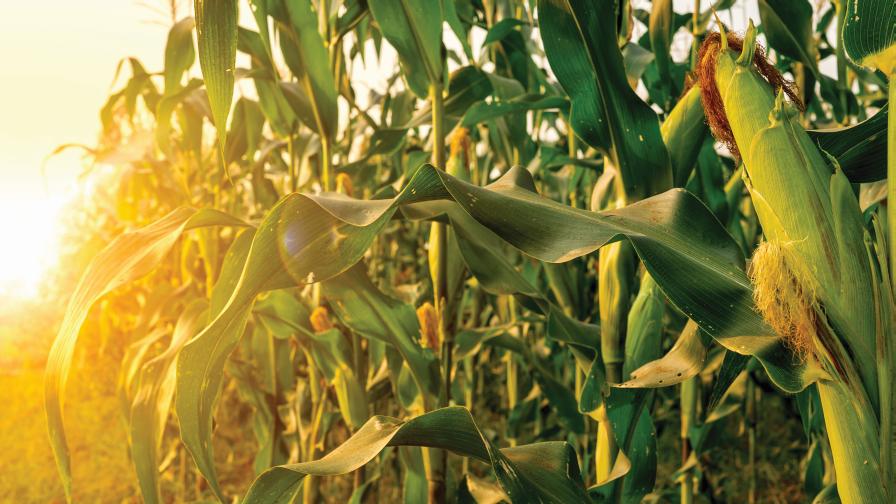Time Application Of Postemergence Herbicides
Properly timing the application of postemergence herbicides is critical, said Aaron Hager, University of Illinois Extension weed specialist. Recent precipitation, coupled with warm temperatures, will result in rapid growth of emerged weeds and possible reductions in corn yield if weeds persist too long.
“Unfortunately, it’s not possible to accurately predict the specific day after planting or emergence when weed interference begins to reduce corn yield,” Hager said. “This interval is influenced by many factors, and can vary based upon the weed spectrum, density of certain species, available soil moisture, etc.”
Weed scientists generally suggest an interval, based either upon weed size (in inches) or days after crop/weed emergence, during which postemergence herbicides should be applied to avoid crop yield loss via weed interference. In corn it is often recommended to remove weeds before they exceed about 2 inches tall. The longer weeds are allowed to remain with the crop the greater the likelihood of crop yield loss, Hager said.
“It’s important to remember that the labels of most postemergence corn herbicides allow applications at various crop growth stages, but almost all product labels indicate a maximum growth stage beyond which broadcast applications should not be made, and a few even a state minimum growth stage before which applications should not be made,” he said.
These growth stages are usually indicated as a particular plant height or leaf stage or both. For product labels that indicate a specific corn height and growth state, Hager advises growers to follow the more restrictive of the two.
“Application restrictions exist for several reasons, but of particular importance is the increased likelihood of crop injury if applications are made outside a specified growth stage or range,” he said.
Corn plant height is commonly used on many herbicide labels, but plant height may not always provide an accurate indication of the plant’s true physiological maturity. Hager said determining plant height may seem relatively straightforward, but using different benchmarks for measurement can lead to different plant heights.
“Generally, corn plant height is determined by measuring from the soil surface to the arch of the uppermost leaf that is at least 50 percent emerged from the whorl,” he said. “Be sure to measure several plants in a given field and average the numbers. Plant height is obviously influenced by many factors, including genetics and the growing environment. Adverse environmental conditions, such as cool air/soil temperatures, hail, etc., can greatly retard plant height and result in corn plants that are physiologically older than their height suggests.”
Many agronomists agree that leaf number is a more accurate measurement of corn developmental stage. Counting leaves and counting leaf collars are the two primary techniques used. Leaf counting begins with the short first leaf (the one with a rounded tip) and ends with the leaf that is at least 40 to 50 percent emerged from the whorl.
Counting leaf collars also begins with the short first leaf, but includes only leaves with a visible collar (the light-colored band where the leaf joins the stem). Leaves in the whorl or those without a fully developed collar are not counted. The leaf collar method quite often stages a corn plant at one leaf less than the leaf counting method, he said.
(Source: Illinois Ag Connection)





